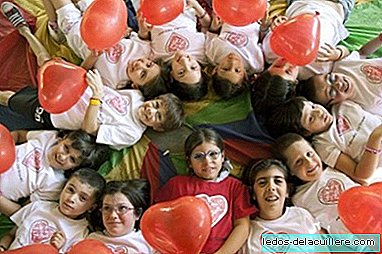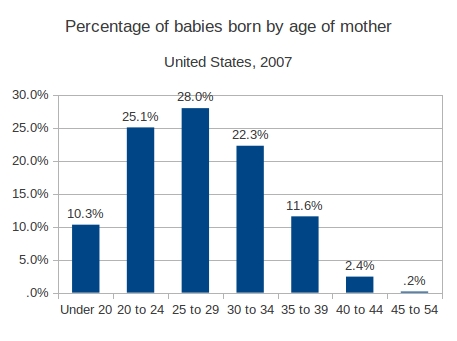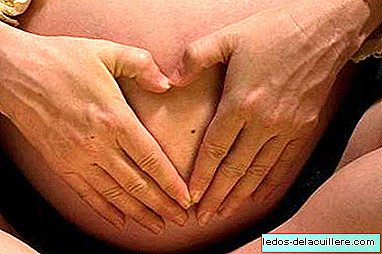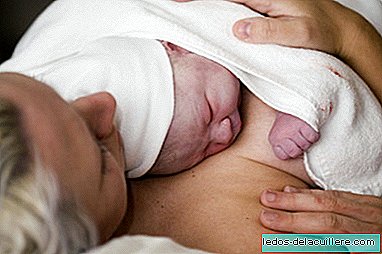
A while ago, Dolores told us some generalities about nightmares and night terrors. Today we delve into this theme and share with you some tricks so you can distinguish these episodes and help your child accordingly.
It is very common that some nights children between 3 and 6 years have vivid dreams that make them wake up suddenly. In these dreams some of the experiences of the day are usually reflected and it is also possible to detect in them vestiges of impulses, aggressive emotions or fears that only surface through dreams. When he turns 5, your child will understand better that these images are only dreams, but until that time comes, he will need someone to reassure him by telling him that they are not real. So, when he wakes up in the middle of the night scared and crying, comfort him, talk to him about the dream and stay by his side until he calms down. For your peace of mind, think that it is only a nightmare, not a serious problem.
However, there will be times when you find your child in bed, apparently awake and very upset, perhaps screaming and shaking, with eyes wide open and completely terrified. If you try to calm him down, he doesn't react. In these cases, when your child is neither awake nor has a nightmare, we are facing a night terror. This mysterious and distressing behavior that appears during sleep is common during the preschool stage. Typically, the child falls asleep without problems, but approximately one hour later, he opens his eyes wide in an attitude of terror. Maybe even point to imaginary objects, kick the air, shake your arms, cry and, generally, seem inconsolable.
Now, sometimes it can be difficult to know if the child is having a nightmare or a night terror; we summarize below the basic differences between one and the other What is it?
Nightmare: a dream that causes a lot of fear followed by a complete awakening. Night terrors: a fearful dream accompanied by a partial awakening only from a very deep sleep phase.
When do you notice the phenomenon?
Nightmare: when it has already happened and your son wakes up and talks to you about him. Night terrors: while it is taking place and the child screams and moves agitated; then he calms down and, when he wakes up, usually does not remember what happened.
Time it occurs
Nightmare: Very late in the sleep period, usually between four and six in the morning when dreams are more vivid. Night terrors: when the dream is very deep; generally, between one and three in the morning.
Appearance and behavior of the child
Nightmare: The child cries and is very scared after waking up. Night terror: sits, shakes, makes strange movements; cry, shout, groan, talk; his eyes are wide open, his heart rate is fast and he is sweaty; Fear and confusion disappear when the child wakes up.
Reactivity
Nightmare: As soon as he wakes up, the child realizes your presence and calms down when he sees you or he can go on your search for comfort. Night terror: The child does not seem to notice your presence and may even try to push you away, screaming and shaking even more if you try to immobilize him.
Get to sleep again
Nightmare: You may find it hard to fall asleep again because of how scared you are. Night terrors: Get to sleep quickly again without waking up completely.
Experience recall
Nightmare: He usually remembers what he has dreamed and can talk about it. Night terror: Do not remember anything you have dreamed or agitation or shouting.
Nightmares and night terrors They disappear as children grow up. What is unusual for a child to have nightmares or recurring night terrors for a prolonged period of time. If these episodes are very frequent, go to the pediatrician for guidance. The best strategy is usually to simply wait for them to remit.












